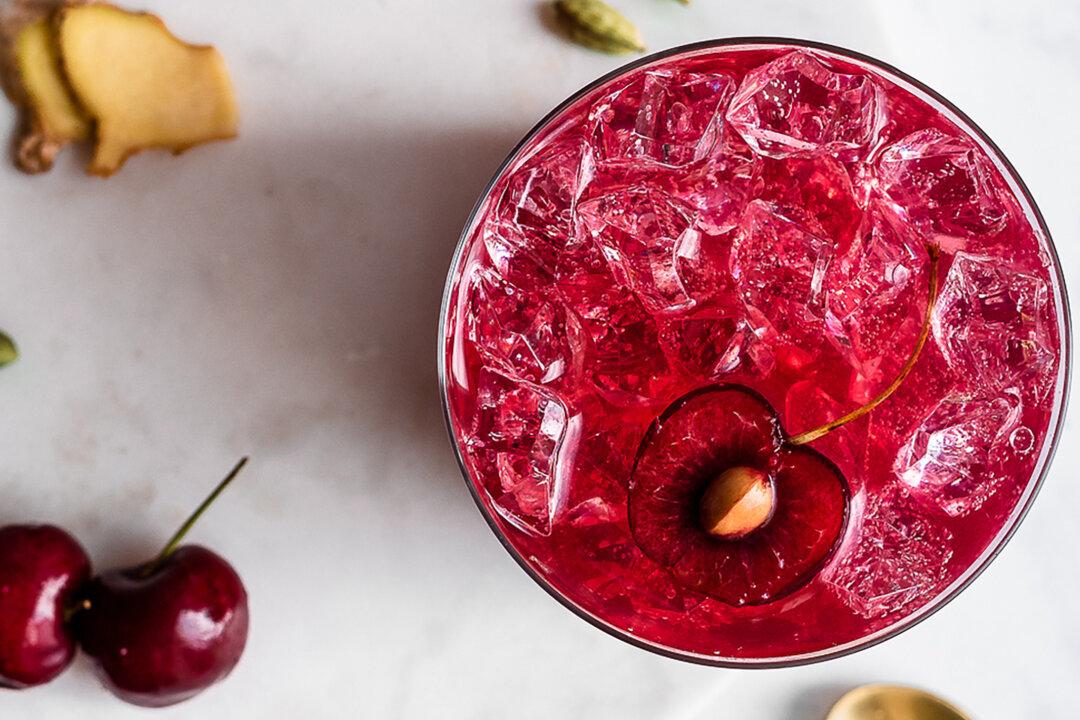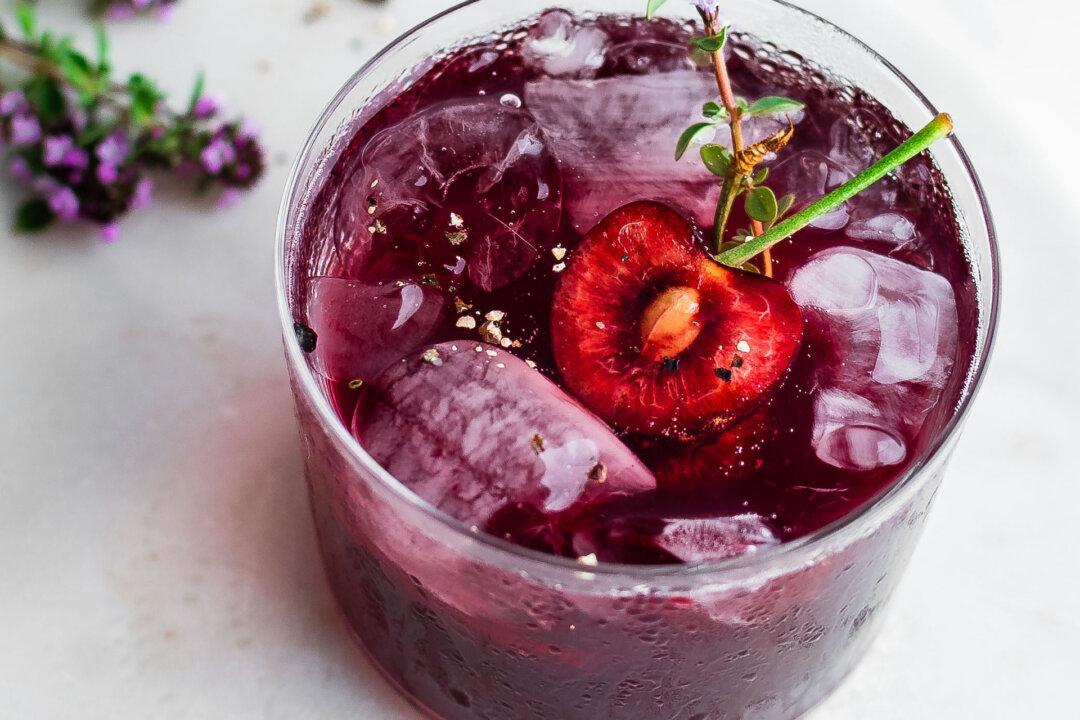You’ve undoubtedly heard the “Wassail Song,” or “Here We Come A-wassailing,” which seems to be on replay throughout all of December. “Love and joy come to you, / And to you your wassail too,” begins the refrain. With verses that celebrate food, drink, generosity, and merriment, it’s a cheerful tune intended to bring blessings to the listener.
Wassail, as we know it today, is a boozy mulled hard cider, although many modern recipes skip the alcohol in favor of sweet apple cider. Rooted in pre-Christian traditions, wassail (the drink) and wassailing (the practice) are older than Christmas itself.




